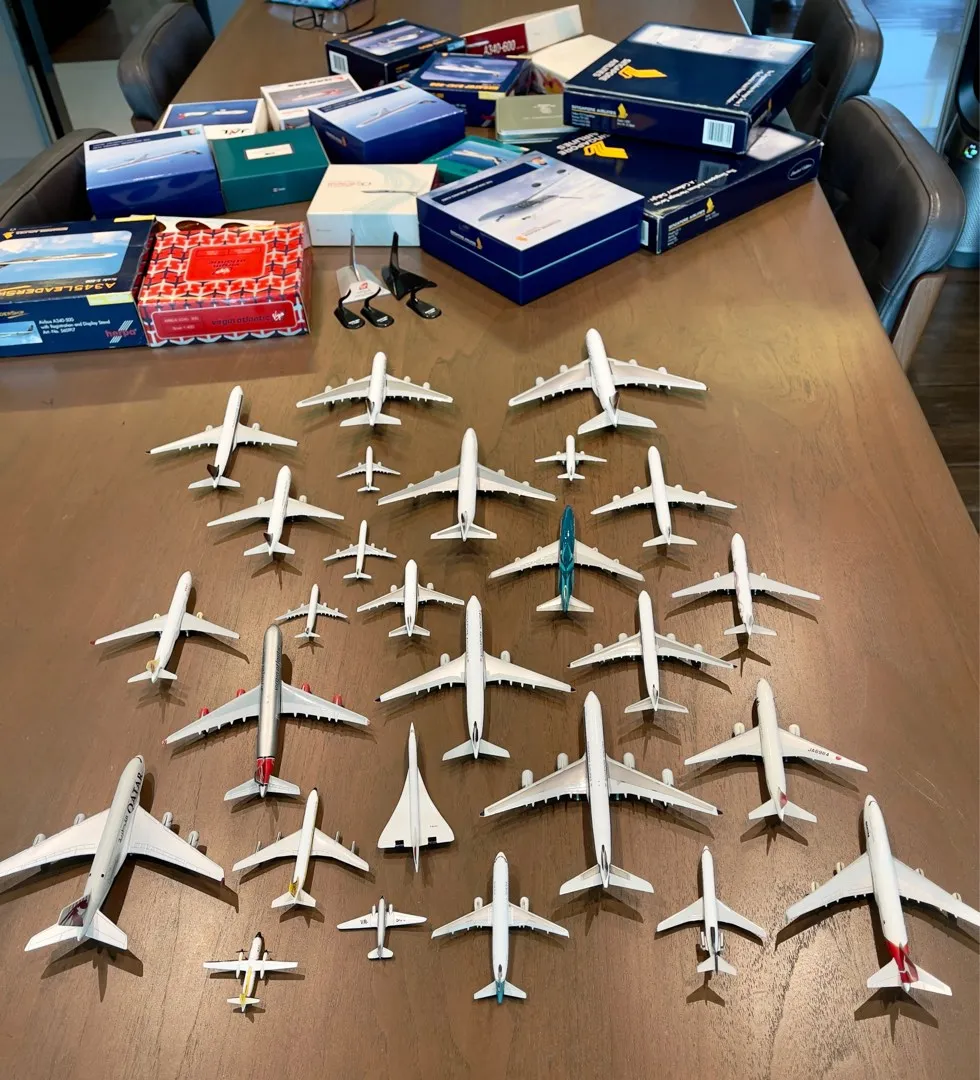What are Diecast Toy Airplanes
Diecast toy airplanes are miniature replicas of real-life aircraft, meticulously crafted using the die-casting process. This method involves injecting molten metal, typically zinc alloy, into molds to create highly detailed and durable models. These miniature aircraft have captivated collectors and enthusiasts of all ages. They offer a tangible connection to aviation history and the thrill of flight. From iconic military planes to sleek commercial airliners, diecast toy airplanes represent a wide array of aircraft types, each model carefully designed to replicate the original plane’s appearance. The appeal of these collectibles extends beyond their visual beauty, encompassing their historical significance and the craftsmanship involved in their creation. Diecast toy airplanes provide an accessible way to engage with aviation, making them a beloved hobby for many individuals.
The Manufacturing Process
The creation of a diecast toy airplane is a complex process, beginning with the design and creation of molds. These molds are crucial for shaping the molten metal into the desired airplane parts. The die-casting method itself involves injecting the molten metal under high pressure into these molds. This ensures that every intricate detail of the aircraft is captured with precision. Once the metal cools and solidifies, the parts are extracted and undergo further processes. These steps include cleaning, polishing, and painting, all contributing to the model’s realism and visual appeal. The process also involves quality control checks throughout the production cycle, ensuring that each model meets the highest standards of quality. The meticulous attention to detail throughout the manufacturing stages is a key factor in the high value of diecast toy airplanes.
Materials Used
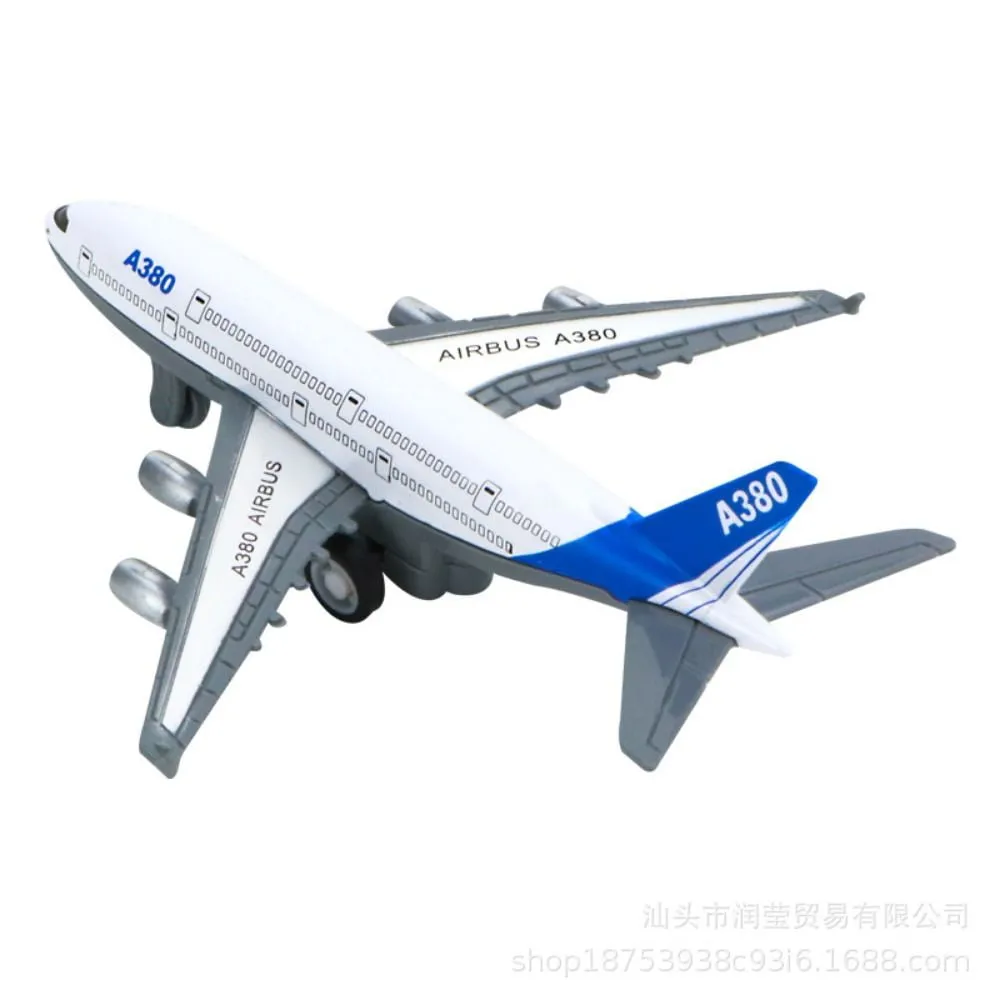
The primary material used in diecast toy airplanes is a zinc alloy, favored for its ability to capture intricate details and provide durability. This alloy allows for the creation of complex designs with a high level of accuracy. Besides the main alloy, other materials are incorporated during production. These can include plastic for components like propellers, landing gear, and windows, adding to the level of detail. The use of high-quality paints and decals is also important for the final appearance. These elements contribute to the overall realism of the model. The selection of these materials and the process of combining them is an art in itself, creating a miniature replica that is both aesthetically pleasing and enduring.
Die-casting Method
Die-casting is a crucial manufacturing technique for these detailed models. The process involves injecting molten metal into a mold under high pressure. This ensures that the metal fills every nook and cranny of the mold, replicating the design with precision. Once the metal solidifies, the mold opens, and the part is extracted. This method allows for intricate designs that would be difficult or impossible to achieve with other techniques. Die-casting is efficient and cost-effective for mass production while maintaining high quality. This process is the reason diecast airplanes have such incredible detail. It’s a blend of science and craftsmanship that results in remarkable miniature replicas.
Assembly and Detailing
After the die-casting process, the individual parts of the toy airplane are assembled. This requires skilled craftsmanship to ensure a perfect fit and finish. Details like the wings, fuselage, and tail are carefully joined. These parts are secured together to form the complete model. The detailing phase includes painting, applying decals, and adding small components. The paint is carefully applied to match the colors and markings of the original aircraft. Decals, which represent the markings and logos of the aircraft, are meticulously added to the model. These steps add to the realism of the airplane. This final stage makes the diecast toy airplane as close as possible to the real thing.
Key Features of Diecast Toy Airplanes
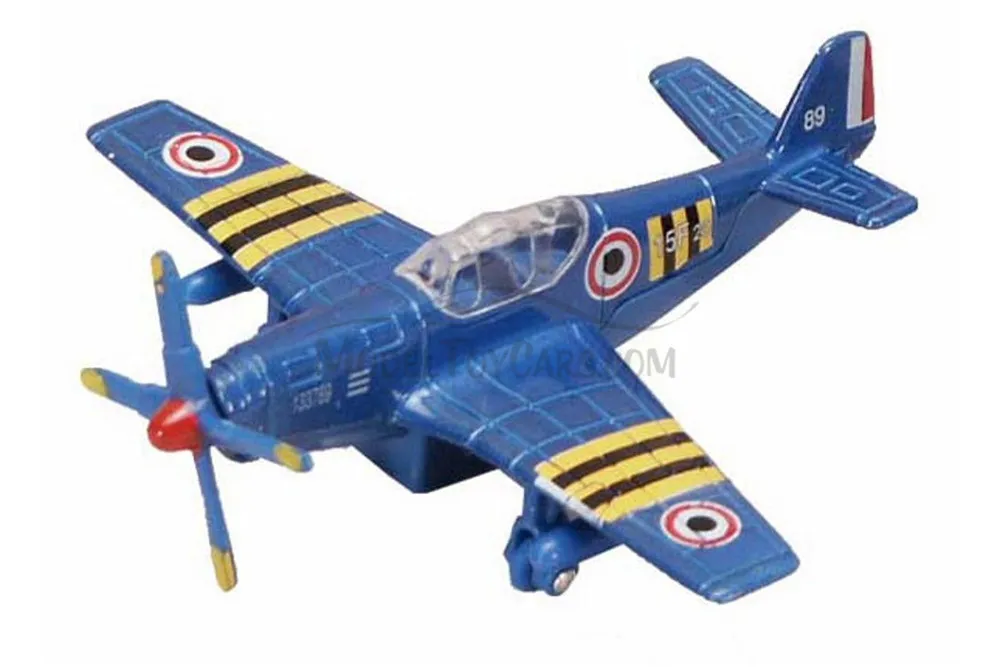
Scale and Size
Scale is a critical feature in diecast toy airplanes, determining the size relationship between the model and the actual aircraft. Common scales include 1:72, 1:100, 1:200, and 1:400, with larger numbers indicating smaller models relative to the real thing. The scale affects the level of detail that can be incorporated into the model. It also influences the overall size of the model, affecting its display. Collectors often choose scales based on their preferences for detail. The scale is often printed on the packaging or on the model itself. Understanding scale is essential for collectors when building their collections. It helps them appreciate the design and the precision of the miniature replicas.
Authenticity and Detailing
Authenticity is a key aspect of the best diecast toy airplanes, with manufacturers striving to replicate the original aircraft as accurately as possible. This includes capturing the correct colors, markings, and even the smallest details, such as rivets and panel lines. The accuracy is typically achieved through a combination of detailed research. Expert design and the use of high-quality materials. The detail in these models is a testament to the skill of the designers and the manufacturing process. Diecast airplanes can be quite valuable, depending on the detail and rarity. Authentic details make these models highly valued by collectors.
Durability and Weight
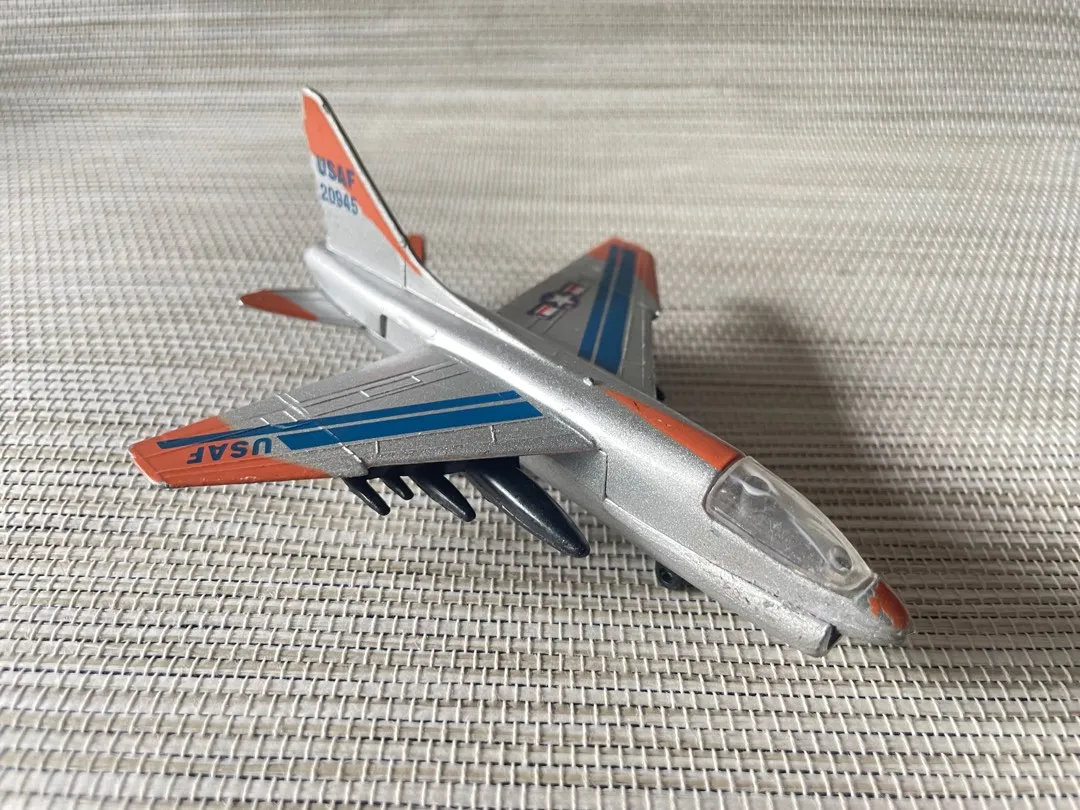
The materials and construction methods used in diecast toy airplanes contribute to their durability and weight. The zinc alloy, in particular, provides a solid foundation for the model. This ensures it can withstand handling and transport without damage. The weight of diecast models adds to their sense of quality and realism, as they feel substantial in hand. The models can often last for many years. This is a key advantage of these diecast models. Diecast construction allows for intricate detail while ensuring the model remains robust. These features combine to offer a collectable that can be enjoyed for many years.
Popular Diecast Toy Airplane Models
Military Aircraft
Military aircraft are highly sought-after by collectors, representing iconic planes from different eras. These models capture the history of aviation and military might. Common examples include fighter jets, bombers, and transport aircraft from World War II, the Cold War, and modern conflicts. Detail in military models is often exceptional, reflecting the original aircraft’s complexity and design. Collectors appreciate these models for their historical significance and visual appeal. The diverse range of military aircraft available ensures that there is something for every collector. From the sleek lines of a modern fighter to the ruggedness of a vintage bomber, these models are a staple in many collections.
Commercial Airliners
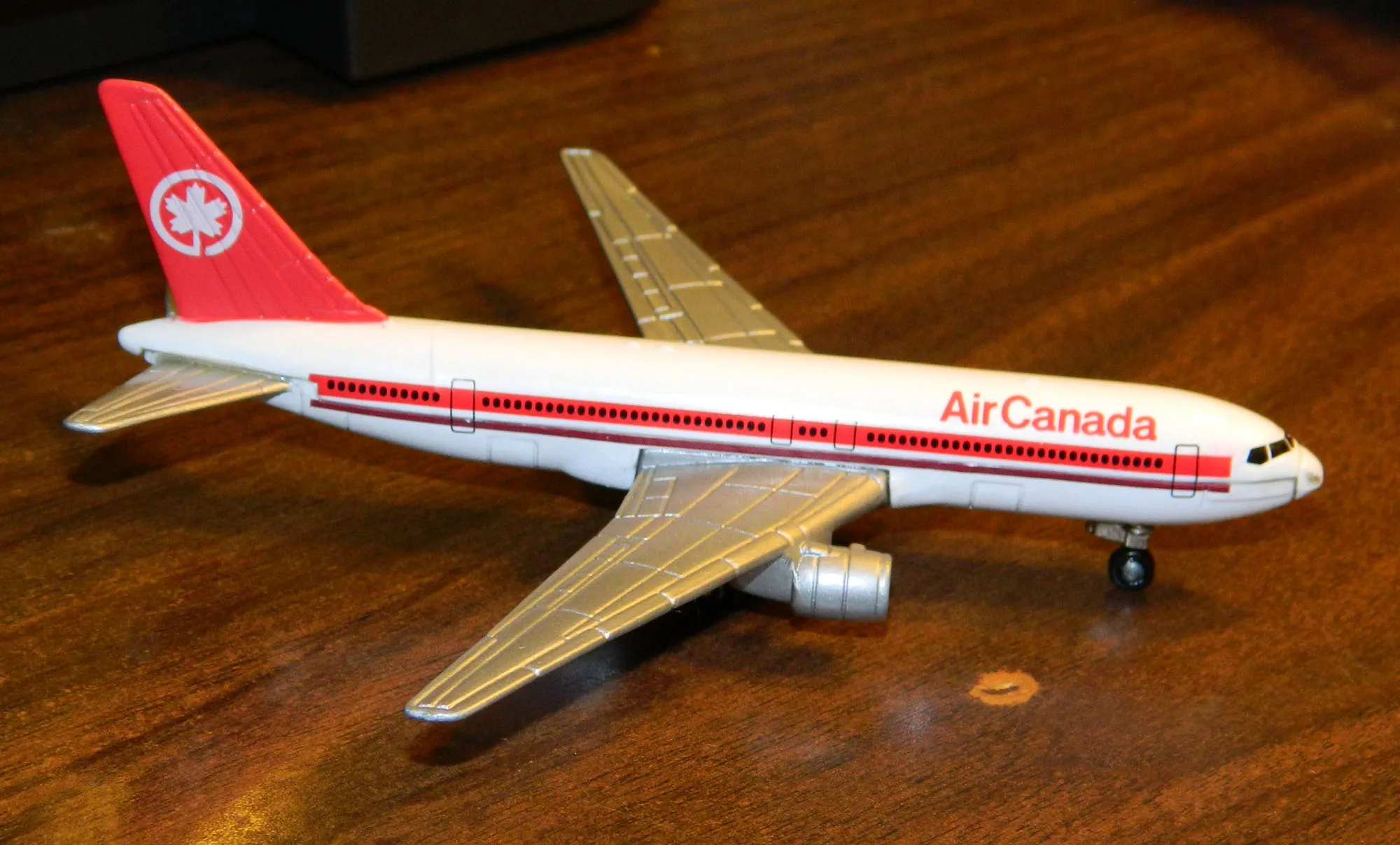
Commercial airliners are another popular category, appealing to aviation enthusiasts and travelers alike. These models capture the sleek designs and branding of famous airlines around the world. They come in various sizes, including Boeing, Airbus, and other aircraft. Collectors enjoy the details of the models. The variety of liveries, from classic designs to modern paint schemes, adds to their appeal. Commercial airliner models are a reminder of the golden age of air travel. They also reflect the evolution of aviation. The models are often displayed prominently in collections. They bring back memories of travel.
Vintage Aircraft
Vintage aircraft models capture the nostalgia of early aviation. These replicas showcase the unique designs of the early days of flight. Models of biplanes, seaplanes, and other classic aircraft are a favorite among collectors. These models often have intricate detailing, reflecting the craftsmanship of the era. The vintage aircraft models are also very aesthetically pleasing. They offer a window into aviation history, reminding us of the pioneers who shaped the industry. Vintage aircraft models often have high value, depending on the rarity. Their unique charm makes them popular among collectors.
Factors to Consider When Buying
Scale and Accuracy

When buying diecast toy airplanes, scale and accuracy should be among the primary considerations. Choose a scale that suits your collection preferences. Research the aircraft’s historical accuracy, including the details, markings, and overall design. Look for models from reputable brands that are known for producing highly accurate replicas. Consider models that match the specifications of the real aircraft. Assessing both is important to maximize the joy of collecting. This makes the purchasing decision more rewarding. This step also builds a higher-quality collection.
Brand Reputation
Brand reputation is a crucial factor when buying diecast toy airplanes. Reputable brands are known for their high-quality materials, detailed craftsmanship, and accurate representations. Research different brands and read reviews from other collectors to get a sense of their reliability and the quality of their models. The brands also have a certain level of prestige. Choosing models from reputable brands assures that you’re investing in high-quality collectibles. Good brands also typically have better customer service. This factor is often a sign of the high quality that the brand provides.
Price and Availability
Price and availability are important considerations when purchasing diecast toy airplanes. Set a budget and stick to it, as the prices of these collectibles can vary significantly. Also, consider the rarity of the model and its demand among collectors. Check the availability of the model. Some models are limited editions and can become hard to find over time. Research online retailers, hobby shops, and collectors’ forums to find the best deals and ensure you’re purchasing from a reputable source. Price depends on a variety of factors, from the brand to the detail to the age.
Caring for Your Diecast Toy Airplanes

Cleaning and Maintenance
Regular cleaning and maintenance will help to preserve your diecast toy airplanes. Dust them regularly with a soft cloth or a specialized brush. Avoid using harsh chemicals or abrasive cleaners. These can damage the paint and decals. Handle the models with clean hands to prevent fingerprints. Store them in a dust-free environment. Consider displaying your models in a glass case or on shelves away from direct sunlight. This will help prevent fading and damage. Proper care ensures your collection retains its beauty and value over time. This is one of the most important aspects of collecting.
Storage and Display
Proper storage and display are important for preserving and showcasing your diecast toy airplanes. Choose a display case or shelf that protects the models from dust, sunlight, and other elements. Consider the layout and lighting of your display to highlight the details and beauty of the aircraft. Store models in a cool, dry place away from extreme temperatures. This helps prevent damage and degradation. Consider using acid-free materials to protect the models. Rotating your display or rearranging your collection can also prevent dust accumulation. Proper storage and display will preserve your investment. It also allows you to fully enjoy your collection.
Where to Buy Diecast Toy Airplanes
Diecast toy airplanes are available from a variety of sources, including online retailers, hobby shops, and specialty stores. Amazon and eBay are large online marketplaces with a wide selection. Check the website of your favorite manufacturers. Local hobby stores and specialty shops can offer a curated selection and expert advice. Collectors’ conventions and shows are excellent opportunities to find rare models and connect with other collectors. Always compare prices from multiple sources to ensure you get the best deal. Make sure to confirm the seller’s reputation and the authenticity of the models.
